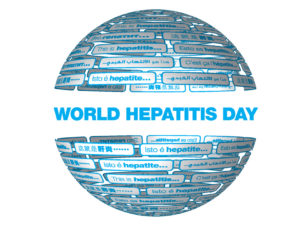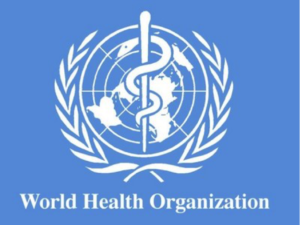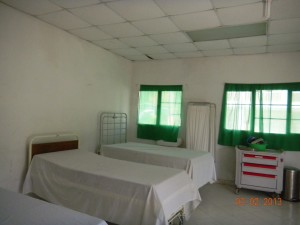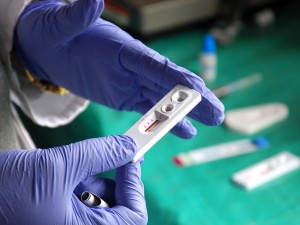Neglected Tropical Diseases: A Threat We Can Control

Schistosomiasis Treatment
One sixth of the world’s population is affected by a neglected tropical disease (NTD). Specifically, the disease burden falls upon people living in sub-Saharan Africa where the vast majority (90%) of these infections occur. NTD’s most commonly affect marginalized people who live in countries without access to quality healthcare in general, let alone the specific resources that are needed to provide effective treatment for NTDs. NTD’s are traditionally neglected by donors and organizations leading global health interventions for several reasons, including: (1) the recent emphasis on the “big three” global diseases (HIV/AIDS, TB and malaria), (2) the consequent lack of a global strategy to improve the performance of the health systems to manage all diseases, (3) the perceived lower mortality rates associated with NTDs that make them “low priority” for disease control programs, and (4) the fact that the control and eradication of these diseases is not commercially profitable for pharmaceutical manufacturers. Consequently, the control of NTD’s falls solely upon governments and a few philanthropic organizations. NTDs accounted for 142,000 deaths in 2013. While that figure is certainly significant, of equal concern are the un-accounted-for health and social effects of NTDs. Many of the NTDs cause disabilities, deformities, blindness, and general lower quality of life for those infected. Many of the long term complications of NTDs can prevent marriage and cause the affected person to become a burden on his or her family.
However, progress is being made towards the control and eradication of some NTDs. Guinea-worm disease and yaws are on track to be eradicated. Guinea-worm disease, also called Dracunculiasis, is a debilitating disease that can cause months of sickness and pain. It is caused by the consumption of water fleas that are infected with Guinea-worm larvae. Guinea-worm disease is now only endemic to Chad, Ethiopia, Mali and South Sudan.
The majority of NTDs are concentrated in developing countries in Africa and Asia. However, the occurrence of disease is affected by changing global temperature and warming trends. Cases of dengue fever and chikungunya have been confirmed in warm, gulf coast states in the US and it is feared that transmission of both diseases will begin to occur from local vectors within the coming years. As in Africa and Asia, there is concern that these diseases will disproportionately affect the poor in America.

Using Fish to Combat Dengue Vectors
WWRGHD
A key part of the Sustainable Development Goals is the establishment and strengthening of global partnerships to achieve universal health coverage. Global health partnerships represent the best possible way to initiate, fund, and maintain effective NTD treatment programs through self-reliant and sustainable health systems. As shown by the recent Ebola epidemic, effective solutions need to be delivered on the ground via modern and effective health systems. Many of the NTD’s require hospitalization or general treatment against infection to ensure complete recovery. We at RGH would work to strengthen the community health centers to ensure they can care for their own people as the disease is fought. The eradication of the guinea-worm is an example of how education and community health are critical as the fight concludes against this disease. We would make sure that local health providers know how to identify the symptoms and know who to inform regarding potential outbreaks.
To achieve this objective, RGH would implement its RGH100 program to ensure health facilities are able to provide quality healthcare that meets international quality healthcare delivery standards in 100 days and to assist partners to implement the program in at least 10% of every country’s health centers, clinics, and hospitals every year for the next 10 years to reach 100%. Also, RGH would apply its health system planning and development approach to design a health system’s strategy to meet growing population needs. For example, Malawi currently has a population of about 15 million people and is projected to have 29.5 million by 2030; their needs have to be anticipated now if they are to be met through Universal Health Coverage.
Another strategy is to help foster the growth of Product development partnerships (PDPs) that effectively link public, private, academic, and philanthropic sectors with a country’s health governance structure to achieve the goal of addressing NTDs while respecting country ownership. The PDPs need to work efficiently in order to effectively develop solutions for the treatment of NTDs. Otherwise NTDs will not be addressed due to the low commercial viability of the drugs used to treat them.
The control of NTDs is increasingly becoming a global concern as global temperatures continue to rise and more of the world becomes at risk for these diseases. We need to make sure that critical research and health system development continues as well as reaffirm that all people, including the poor and disenfranchised in developing and developed countries alike, have the right to effective healthcare as defined by several international human rights treaties and conventions.




